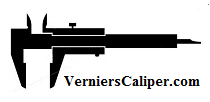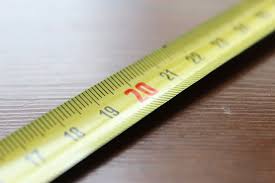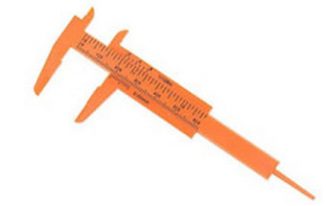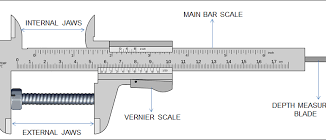In this article we will discuss some basic experiments using vernier calipers to measure the dimensions of a few basic geometries. These experiments are a good way to familiarize yourself with the measuring technique and hone your skills of taking readings and finding out the properties of different geometrical shapes that you may encounter on a regular basis.
1. Measuring The Diameter and Volume of a Sphere:
A sphere is one of the most common geometrical shapes which is present in many forms around us. It is one of the simpler forms to measure however the problem is that spheres are not perfect so readings may depend on which part is being gripped between the vernier caliper jaws. The trick then is to take multiple readings and find the average value which will give you the most accurate final answer.
To learn more take a look at this article which gives a detailed procedure of measuring the diameter of a sphere using a vernier caliper and also how to use that in a formula to calculate the volume of the sphere.
2. Measuring the Diameter and Volume of a Cylinder
The next experiment we have is the measurement of the diameter of a cylinder, another very common geometrical shape. With this experiment you can easily measure the volume of containers such as glasses, gas cylinders and pipes which can prove to be very useful.
The experiment provides the procedure of gripping the cylinder properly for both the length and diameter and how to note down the readings properly and take an average value. The formula for the volume is also provided in which the value can be plugged in to find the cylinders volume. The article can be found here.
3. Measuring the Length of A Cylinder
The length of a cylinder is something most people tend to measure using a measuring tape or scale. However measuring with a vernier caliper can prove to be significantly more accurate than that. This experiment tells you the proper way to carry out this measurement including the proper gripping techniques and the proper way to read the vernier scale.
A table is also provided which you can use to note down the readings and find out the average value. To read the details follow the link.
If you face any problems with these experiments or you feel that you need further practice to obtain accurate readings, you can take a look at this worksheet. It contains the proper procedure of taking a reading and reading the vernier caliper scale which can be helpful for reviewing.
The worksheet contains a number of practice questions which you can solve to improve your caliper reading ability and check your answers with the provided solutions. The worksheet can be viewed here.



